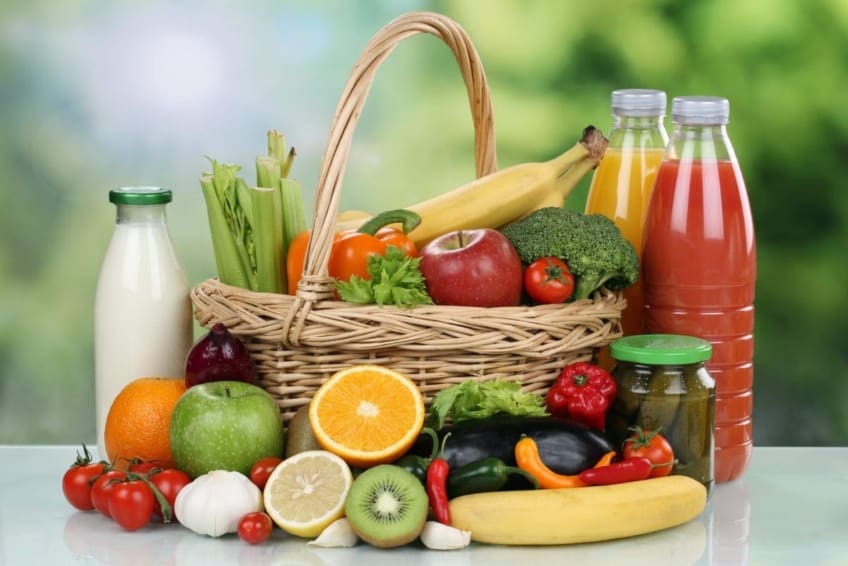
A low-purine diet is an eating plan that limits foods with high purine. Purines are a natural substance found in some foods. Purines aren’t all bad, but you want to avoid high amounts. When your body digests purine, it produces a waste product called uric acid. A buildup of uric acid crystals in the joints can cause certain health issues. The main ones are kidney stones and gout, a type of arthritis.
The purpose of a low-purine diet is not to fully avoid purines. Instead, the goal is to manage how much purine you consume. Below, you will find what types of food and drink to avoid and limit. It helps to learn how your body responds to foods that contain purine.
Path to improved health
Your family doctor may recommend that you follow a low-purine diet. This applies if you have gout or kidney stones. It also can help people who have hyperuricemia. This is a condition caused by high levels of uric acid. You also can choose to keep a low-purine diet as part of living healthy.
To get started, increase your liquid intake. Each day, drink 8 to 16 eight-ounce cups of liquid. At least half of the liquid you drink should be water. Water and other liquids help your body get rid of uric acid.
Next, learn what foods and drinks contain purine. You should avoid eating high-purine foods. Try to limit the amount of moderate-purine foods you eat. See the chart below for some suggestions.
| Avoid high-purine foods | Limit moderate-purine foods | Enjoy low-purine foods |
| Wild game, like veal, venison, and duck | Meat and poultry | Peanut butter and nuts |
| Anchovies, sardines, herring, mussels, codfish, scallops, trout, tuna, and haddock | Crab, lobster, oysters, and shrimp | Low-fat and fat-free dairy products, such as milk, cheese, and yogurt |
| Organ meats, such as liver, kidneys, and sweetbreads | Lunch meats, especially high-fat versions | Eggs (in moderation) |
| Foods high in fat (red meats, fatty poultry—dark meats and skin, high-fat dairy products) | Beans, peas, and lentils | Fat and oil |
| Gravy | Vegetables, such as spinach, cauliflower, asparagus, and mushrooms | Other vegetables |
| Yeast | Oatmeal and oats | Potatoes, bread, rice, and pasta |
| Beer | Liquor | Wine (in moderation) |
| Fruits and fruit juices | ||
| Coffee (in moderation) |
Things to consider
People react to food in different ways. Over time, you will learn what foods affect you. You might find that certain foods make your gout or other health issues affected by high purine levels flare up. This exercise/practice allows you to avoid those foods and enjoy others.
A low-purine diet can reduce your symptoms. However, dietary changes alone do not get rid of gout and similar medical conditions. Talk to your doctor about a full treatment plan. If you are also taking medicine, continue to take it unless your doctor tells you to stop.
It’s also important not to lose weight too quickly. Rapid weight loss and fasting actually can increase the amount of uric acid in your body. Discuss the diet plan with your doctor before starting. Check in with them to manage progress and health issues.
Questions to ask your doctor
- Is a low-purine diet meant to be short-term or long-term?
- Are there vitamins or supplements I can take that help reduce uric acid?
Resources
Centers for Disease Control and Prevention: Gout
National Institutes of Health, MedlinePlus: Uric acid – blood
![]()
Copyright © American Academy of Family Physicians
This information provides a general overview and may not apply to everyone. Talk to your family doctor to find out if this information applies to you and to get more information on this subject.







